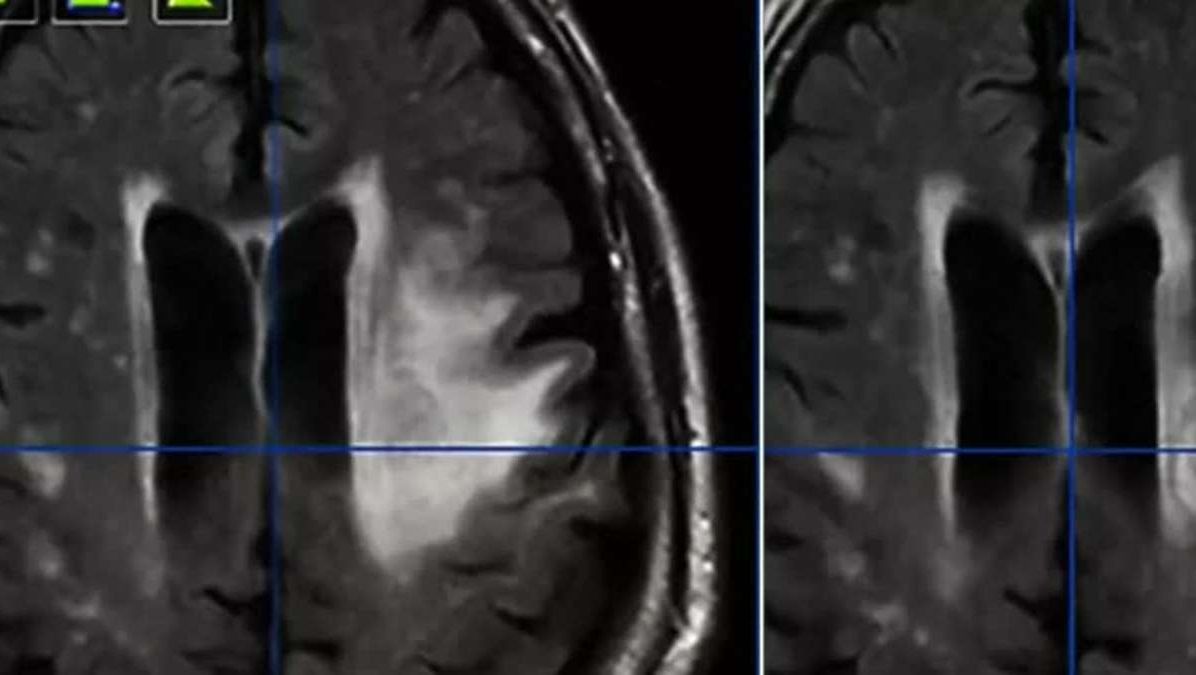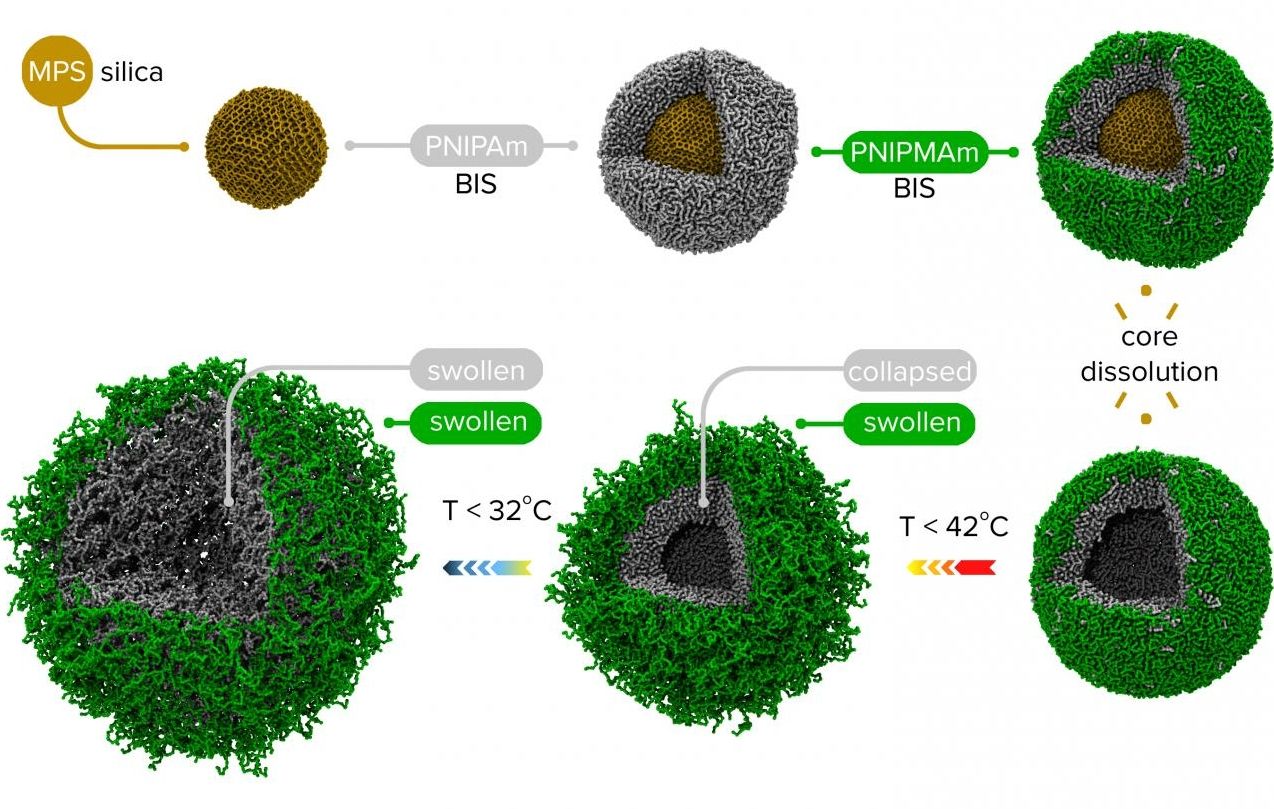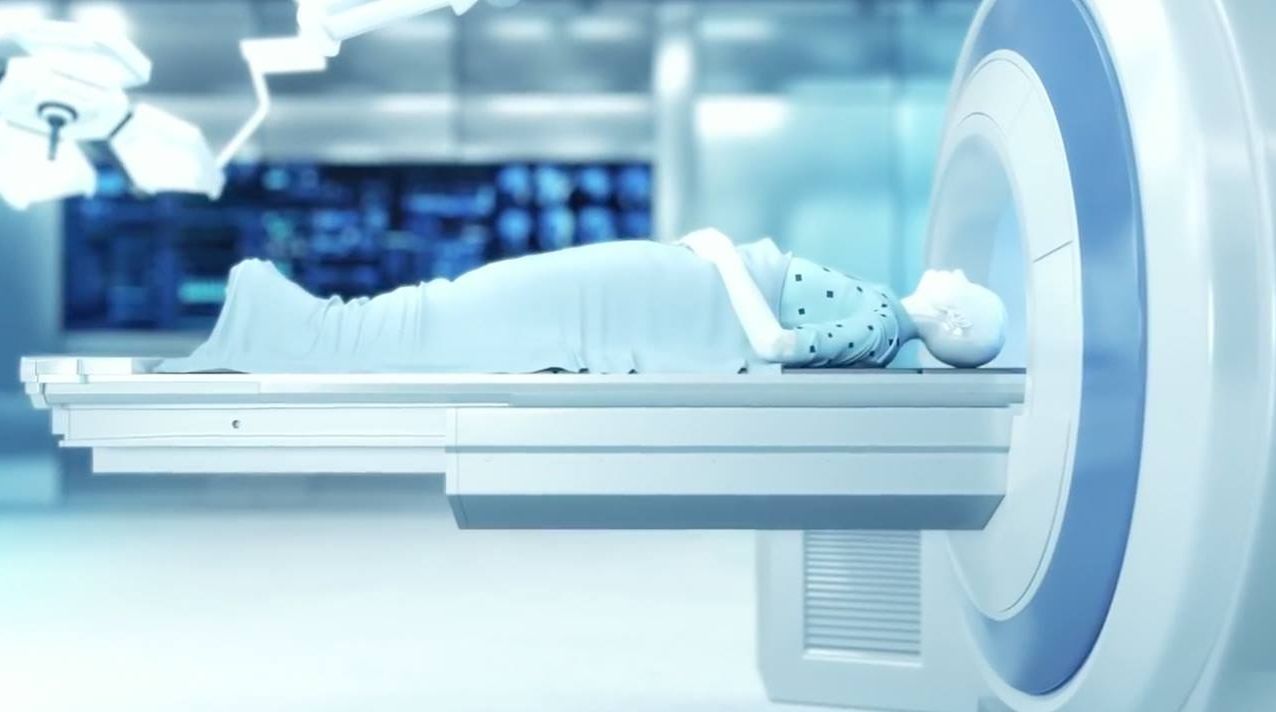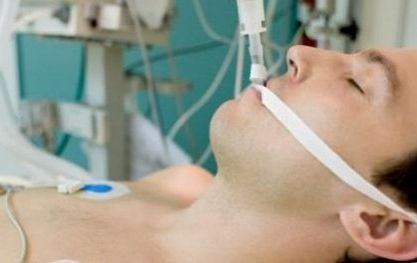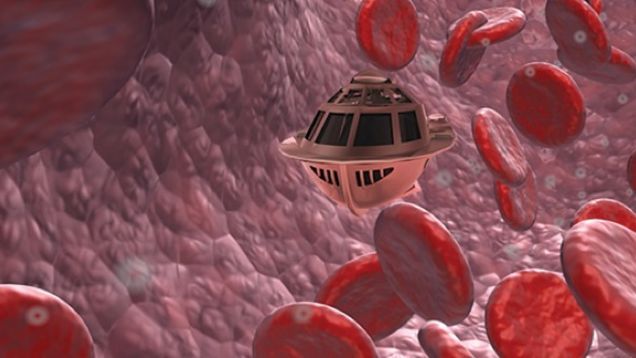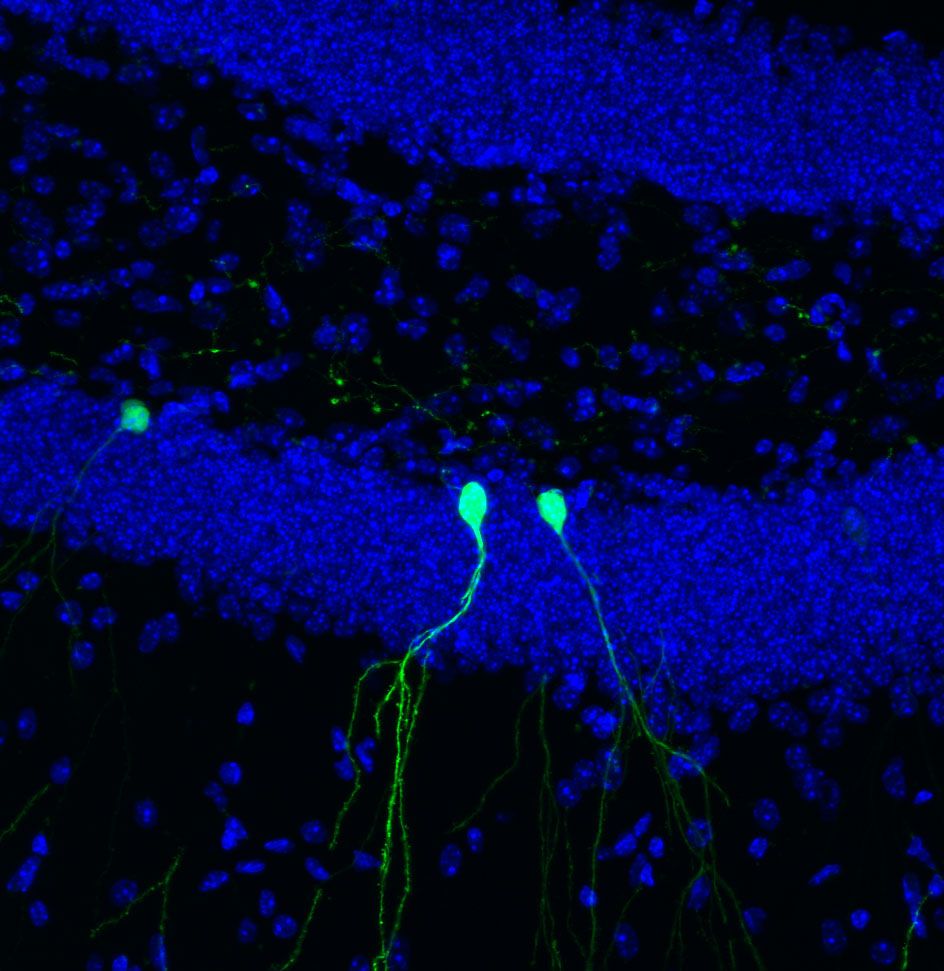May 4, 2016
Non-Identical Twins Run In Families: Scientists Find Common Genes
Posted by Karen Hurst in categories: biotech/medical, genetics
The likelihood of giving birth to non-identical twins run in the families, suggests a new study conducted by a team of scientists. The team based their conclusion on the identification of two genetic variants in women who give birth to twins.
A number of factors have previously been linked to why some women give birth to non-identical twins. However, no study ever characterized the properties of the genes the contribute to this outcome.
The latest study looks at the genetic makeup of the mother and explains how mother’s genes can lead to the birth of non-identical twins. During the study, the research team specifically compared the genomes of the non-identical twins’ mothers to look for any common genetic variants between them.
Continue reading “Non-Identical Twins Run In Families: Scientists Find Common Genes” »

